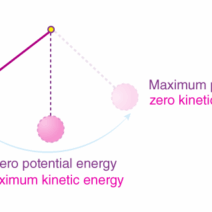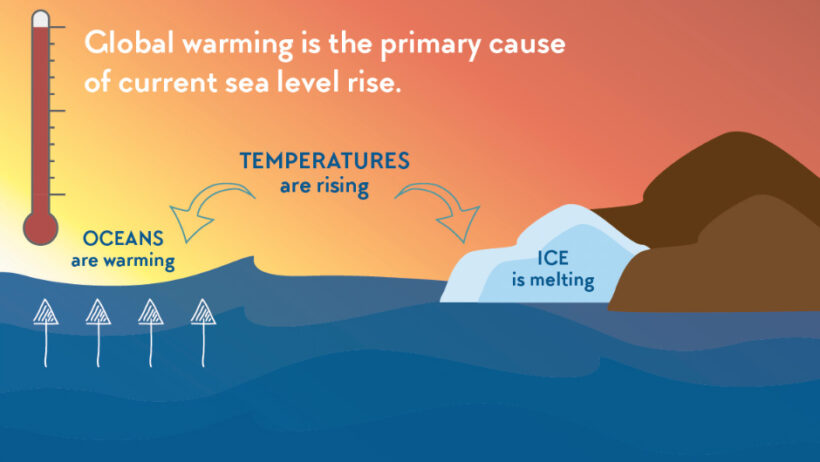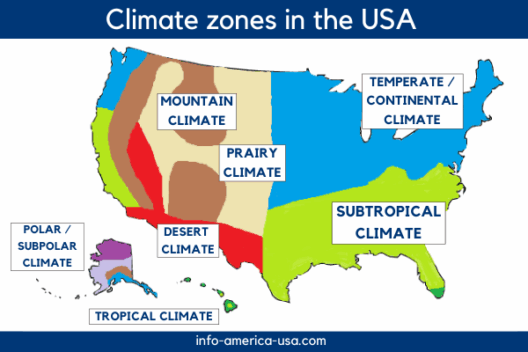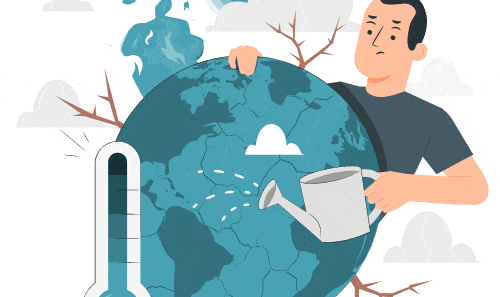Climate change has become a term that reverberates across media, academia, and everyday conversation. However, the relationship between global warming and sea level dynamics is often riddled with misconceptions. Does global warming cause sea levels to rise or decrease? This question may elicit a playful smirk or a quizzical look when posed in casual discussion, yet the implications of the answer are critically serious. The interplay between temperature fluctuations and sea levels is complex, multifaceted, and worth untangling.
To understand the relationship, we must first delve into the mechanisms behind global warming. The Earth’s average temperature is on the rise, primarily due to the accumulation of greenhouse gases in the atmosphere. These gases, such as carbon dioxide and methane, trap heat from the sun, leading to a phenomenon known as the greenhouse effect. As the planet warms, two primary processes contribute to rising sea levels: thermal expansion of water and the melting of ice.
Thermal expansion is perhaps the most straightforward principle at play. As water heats, it occupies more volume. This seemingly innocuous detail becomes consequential as the oceans absorb over 90% of the excess heat trapped by greenhouse gases. Consequently, even a slight increase in atmospheric temperature can lead to noticeable expansion and hence, elevated sea levels.
In terms of numbers, research indicates that thermal expansion has contributed approximately one-third of the total rise in global sea levels over the last century. This factor alone should induce a sense of urgency regarding the ongoing heating of our planet.
In tandem with thermal expansion, the cryosphere—the part of the Earth’s surface where water is in solid form—also plays a significant role. The rapid melting of glaciers and polar ice sheets contributes a formidable amount of freshwater into the oceans. The Greenland and Antarctic ice sheets contain vast reserves of freshwater; their disintegration due to increasing temperatures has been alarming. In fact, research estimates that ice loss from Greenland alone is responsible for another one-third of the global sea level rise observed in recent decades.
But, it must be noted that the dynamics do not stop here. The interconnectivity of climate systems creates a ripple effect that can lead to significantly swifter rates of change. When ice melts, it not only adds water but also influences ocean circulation patterns and weather systems, further affecting local sea levels. This can result in shorelines experiencing formidable challenges, such as increased flooding during storms and larger-than-normal high tides.
In addition to these fundamental processes, experts also consider the role of groundwater extraction. Many coastal areas rely on groundwater for drinking and agricultural purposes. When this groundwater is depleted, it can cause land to sink, a phenomenon known as subsidence. While this is not a direct consequence of global warming, it exacerbates the issue of rising sea levels, amplifying the dangers faced by vulnerable coastal communities.
Now, some may ask: if global warming is causing sea levels to rise, what can be done about it? It is a reasonable concern, given that predictions suggest that sea levels could rise by as much as two feet by the year 2100, depending on future greenhouse gas emissions. This prospect is daunting. Coastal cities around the globe may face immense economic and social instability if preventive measures are not implemented. However, global warming doesn’t have to be a foregone conclusion. Smart planning, sustainable practices, and investments in renewable energy are potential pathways toward mitigating these effects.
Adaptation strategies are also essential. Communities must develop resilience against rising sea levels through various means, such as improved infrastructure, elevated building codes, and the restoration of natural barriers like wetlands. These collaborative efforts can serve to buffer the impacts of climate change and create a more sustainable coexistence with our changing environment.
Yet, a lingering question remains: Can we reverse the effects of climate change and, in turn, halt the rising seas? While a complete reversal may not be feasible, reducing greenhouse gas emissions is a critical start. Proactive policies on a global scale can invest in carbon capture technology and enhance reforestation to absorb existing CO2 from the atmosphere, potentially leading to a stabilizing effect on global temperatures.
In conclusion, the relationship between global warming and sea levels is far from straightforward. The resounding answer is that global warming unequivocally causes sea levels to rise rather than decrease. This is not merely a hypothetical scenario; it is already taking place. The cumulative effects of thermal expansion, ice sheet melt, and anthropogenic land subsidence create a potent cocktail of risks that coastal communities should not ignore. As stewards of the planet, it is incumbent upon us to enact meaningful change to not only address the causes of global warming but also to formulate strategies for adaptation and resilience. Ignoring the facts and trends at play is not an option if we wish to preserve our coastlines and the lives that depend on them.







